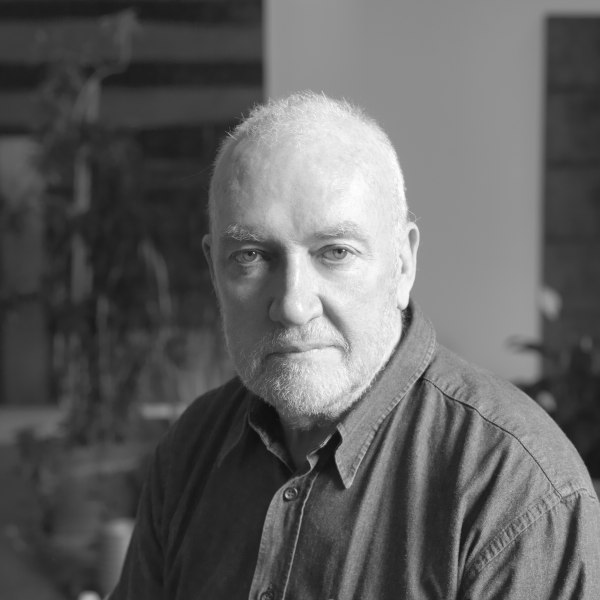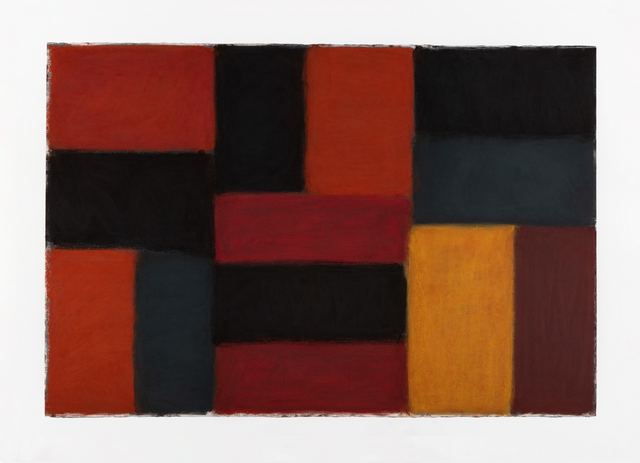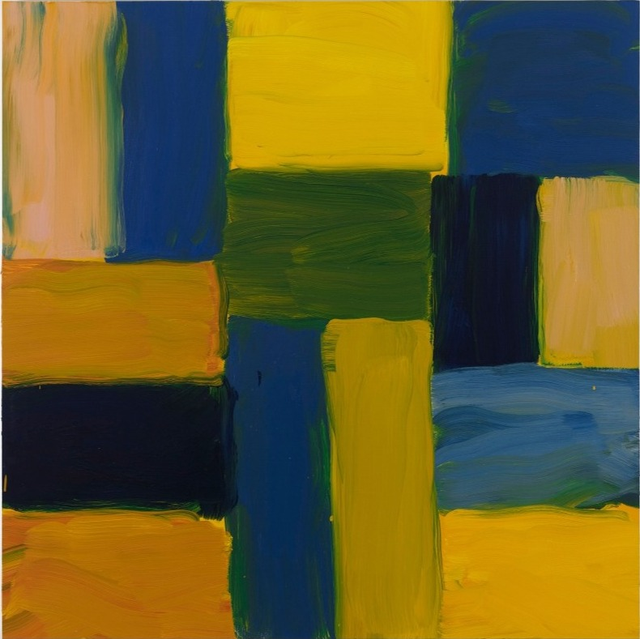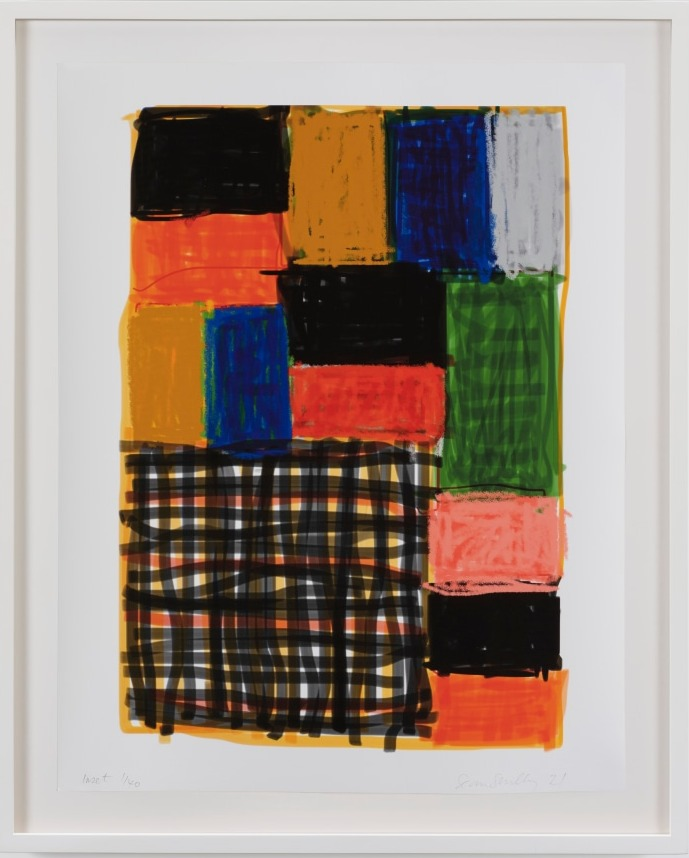
Sean Scully
Sean Scully is an Irish-born artist who has achieved international acclaim for his abstract paintings, sculptures, prints, and photographs.
Biography of Sean Scully
Sean Scully was born on 30 June 1945 in Dublin, Ireland. In 1949, his family relocated to London, settling in a working-class neighborhood in the southern part of the city.
By the age of 9, Scully had already developed a strong aspiration to become an artist. Between the ages of 15 and 17, he apprenticed at a commercial printing shop in London as a typesetter, an experience that would profoundly shape his future artistic pursuits.
Between the ages of 17 and 20, while juggling full-time employment in various roles, including graphic design and messenger services, Scully attended evening classes at the Central School of Art. These classes were dedicated to figurative painting.
In September 1965, Sean Scully began full-time studies at Croydon College of Art in London. He later transferred to Newcastle University in 1968. During his time at Newcastle University, the production of Samuel Beckett's "Waiting for Godot" at the University Theatre left a lasting impression on him.
Additionally, Sean Scully was profoundly influenced by his trip to Morocco in 1969, where he became captivated by the vibrant, multi-colored stripes that the locals intricately wove into wool tents and robes.
In 1972, the artist was awarded the Frank Knox Memorial Fellowship to attend Harvard University. During his first stay in the USA, he ventured into experimenting with new techniques, including tape and spray paint. At the age of 30, in 1975, Scully was granted a two-year Harkness Fellowship, which he utilized to move to New York.
Minimalism influenced Scully's work, and for a few years, his palette was limited to the grey monochrome "Black Paintings" series. However, by 1980, Scully saw himself embroiled in a clash with the Minimalist movement in New York, striving to infuse his art with more human elements.
By 1987, Scully's artwork underwent a shift toward simplicity, embracing flatter compositions and a reduced scale, while also incorporating lighter color palettes. Later, he expanded his use of steel by incorporating oil-on-linen insets within expansive steel panels.
In 1992, during his time as a teacher at Harvard University, Sean Scully returned to Morocco to film the BBC documentary titled "The Artist's Journey: Sean Scully on Henri Matisse." In 1994, he established a secondary studio in Barcelona. The subsequent year, in 1995, he revisited Morocco to extend his stay in the country.
Sean Scully returned to New York the same year. In 2002, Scully assumed the role of Professor of Painting at the Academy of Fine Arts in Munich, holding this position until 2007.
In 2014, Scully inaugurated a new studio space in Tappan, New York. During that same year, he presented fourteen solo exhibitions globally, including the first comprehensive retrospective in China. In 2015, Scully made his debut participation in the Venice Biennale, showcasing his solo exhibition titled "Land Sea."
Between 2015 and 2017, Scully's artistic endeavors evolved along two distinct avenues: sculpture and figuration.
On April 6, 2019, the documentary film "Unstoppable: Sean Scully & The Art of Everything," directed by Nick Willing, was nationally broadcasted on BBC Two in the UK. For the 58th Venice Biennale, Scully unveiled "Sean Scully: Human" at the Basilica of San Giorgio Maggiore, presenting a collection of recent paintings alongside a new sculpture named "Opulent Ascension."
Currently, the artist lives between New York and Germany.
Sean Scully's Art Style
Renowned for his influential and globally identifiable artworks, Scully specializes in harmonizing vibrant bands of color within rhythmic compositions. Through his creations, he adeptly captures tonalities, light variations, and moods, evoking a blend of dramatic intensity and intricate finesse. His perspective, both expansive and intimately personal, has allowed him to assimilate the fundamental facets of the visual realm – encompassing elements like the expanse of sky and sea, and the austere simplicity of stone architecture. Additionally, his artistic exploration delves into the comprehensive spectrum of human emotions, from sorrow and suffering to the profound experience of fatherhood.
Scully's artwork possesses a distinctly physical nature, often displaying a monumental scale adorned with vigorous, robust shapes and forms. Simultaneously, it carries a deep sense of honesty, intimacy, and even vulnerability. While rooted in abstraction, he transcends formalism by harnessing the potency of color, depth, and volume. These elements serve not only to express the world around him but also to provide a pathway into the spiritual realm.
In recent times, the artist's exploration of space and volume has extended to encompass large-scale sculptural creations. These works include monumental stone blocks that appear to anchor the landscape with their megalithic presence, as well as airy structures crafted from Corten steel that unfold and engage with the surroundings.
Amidst these varied approaches to artistic creation, Scully employs a deliberately constrained system that paradoxically opens the door to a dynamic array of aesthetic possibilities and emotional depths.
Years:
Born in 1945
Country:
Ireland, Dublin
Gallery:
Cristea Roberts Gallery
Hazlitt Holland-Hibbert
KEWENIG
Cheim & Read
Lisson Gallery
Kerlin Gallery



